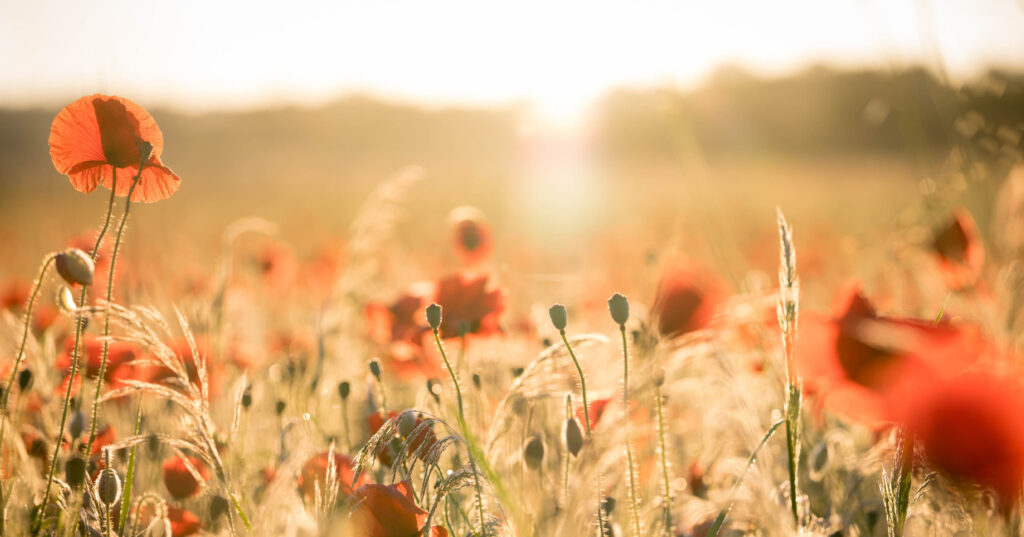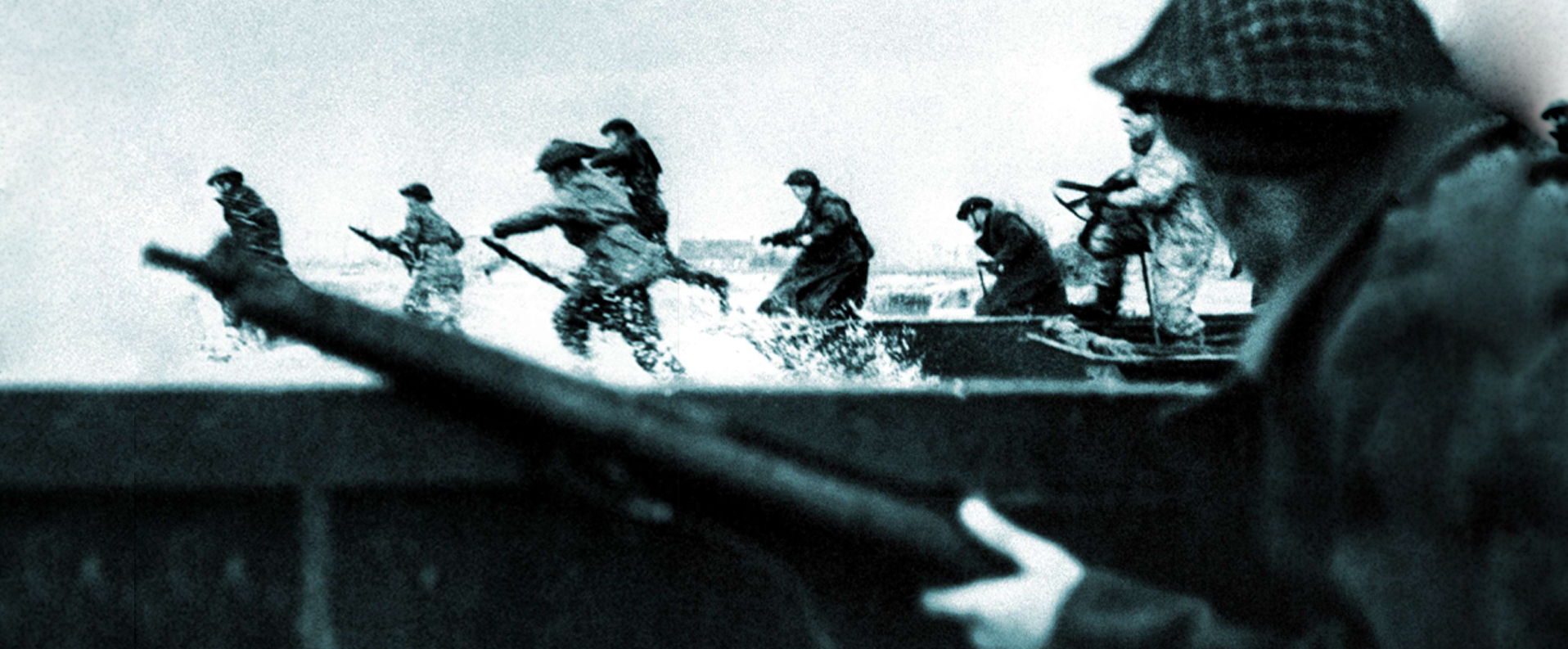
Published in The Telegraph on 03 May 2015.
Lieutenant-Colonel John McCrae
Today Essex Farm Cemetery is a picture of tranquillity: at dawn, birdsong fills the air where 1,204 servicemen are buried or commemorated. Besides the banks of the Ypres-Yser canal, row upon row of simple white gravestones are situated next to concrete bunkers and poignant memorials to our war dead.
A century ago, however, the scenes could hardly have been more different: Essex Farm was the location for an advanced dressing station where the dying and the maimed were treated by teams of medics during the 2nd Battle of Ypres.
And it was here, too, 100 years ago on May 3 1915, amid the horrors and brutality of the Great War, that Major (later Lieutenant Colonel) John McCrae, a Canadian physician and poet, penned In Flanders Fields.
Little did he know at the time, of course, but his short, beautifully-crafted verse would become the best-known poem of the four-year conflict, and an inspiration to use the poppy as our lasting symbol of self-sacrifice in military service.
Yet, although the poem has endured the passing of a century, the touching story of its origins and the events after it was written are rarely told, prompting me to visit Flanders last week in order to champion McCrae’s legacy.
McCrae was born in Guelph, Ontario, on November 30 1872. One of three children born to a Scottish Presbyterian family, he was the second son of Lieutenant-Colonel David McCrae and his wife, Janet. McCrae grew up in Ontario and, while attending the University of Toronto medical school, he had 16 poems and several short stories published.
After the outbreak of war in August 1914, McCrae, by now a member of the British Royal College of Physicians, had been one of the 45,000 Canadians who had rushed to join up.
Then aged 41, he had already served his country in the Second Boer War of 1899-1902. In fact, he had left South Africa after a year with mixed feeling on war: convinced of the need to fight for one’s country but shocked by the poor treatment of sick and injured soldiers.
For his second great adventure serving his country, McCrae, who was single, set sail for Europe with his horse, Bonfire, a gift from a friend, and upon arrival in Belgium he served as brigade-surgeon to the First Brigade of the Canadian Field Artillery.
McCrae, who was both a gunner and a medical officer, witnessed the horrors of the 2nd Battle of Ypres: on April 22 1915, the German army used poison gas on a mass scale for the first time but still they were unable to break through the Canadian line which held its position against a relentless enemy assault.
On May 2 1915, during the height of the battle, McCrae’s comrade and close friend, Lieutenant Alexis Helmer, was killed instantly when he was struck by a shell. Helmer, who served with the Canadian Field Artillery, was just 22 when he died.
With the chaplain absent, McCrae, who had a strong religious conviction, performed the burial service himself at a time when he had noted how quickly poppies grew among the graves (in fact, poppies grow naturally in conditions of disturbed earth and were therefore often the only plants on the barren battlefields).
It was on May 3, having buried his dear friend just hours earlier, that McCrae penned his poem, opening it with the words: “In Flanders fields the poppies blow, Between the crosses, row on row…”
He is understood to have spent time writing the poem at three separate but neighbouring locations: on the banks of the nearby canal, sitting on the step of a horse-drawn ambulance and, according to his commanding officer, in an 8ft x 8 ft bunker between treating groups of wounded troops.
However, when McCrae finished his composition, he was dissatisfied with his work and, according to legend, discarded the poem, only for one of his comrades to retrieve it and give it back to McCrae later.
In Flanders Fields was first published on December 8 1915 in the London-based Punch magazine, and it soon captured the public’s imagination. In the short term, the inspirational poem stimulated the Allied war effort and fund-raising campaigns.
Helmer was buried in the cemetery at Essex Farm but later shelling disturbed his grave so after the war ended it was not known exactly where his remains were located.
He therefore became one of the 54,000 men whose names are recorded on the Menin Gate, the world-famous war memorial close to the centre of Ypres. Engraved high above one of the central arches are the words: “Here are recorded names of officers and men who fell in Ypres Salient but to whom the fortune of war denied the known and honoured burial given to their comrades in death.” Helmer’s name is engraved in panel ten of the memorial.
McCrae survived as the 2nd Battle of Ypres, which eventually led to the award of ten Victoria Crosses, raged on until May 25 1915. Although the battle finished in a stalemate, it still saw 70,000 Allied servicemen and 35,000 enemy soldiers killed, missing or wounded.
Soon after In Flanders Fields was written, McCrae was transferred away from the artillery in order to set up No 3 Canadian General Hospital near Boulogne-sur-Mer, France. His selfless, war-time service continued into the final year of the war.
However, during 1917, his health had deteriorated as he suffered from worsening asthma. This eventually turned into pneumonia, accompanied by meningitis, and, on January 28 1918, he died aged 45.
The following day he was buried, with full military honours, at the Commonwealth War Graves Commission section of Wimereux Communual Cemetery, less than two miles from Boulogne.
McCrae’s flag-draped coffin was borne on a gun carriage and the mourners were preceded by his faithful and much-loved charger, Bonfire, with McCrae’s boots reversed in the stirrups. Today McCrae’s gravestone is placed flat, as are all others in his section of the cemetery, because of the unstable sandy soil.
By the time of his death McCrae was a household name, although he noted both his sudden fame and the frequent misspelling of his surname with some amusement.
It is for its long-term legacy that In Flanders Fields stands apart from other splendid Great War poems. By highlighting the poppy, the flower became the enduring symbol of military self-sacrifice after the 1914-18 conflict.
Indeed, the Royal British Legion adopted the poppy as the symbol for its fund-raising following its formation in 1921 and to this day the flower plays a key part in our Remembrance Day commemorations.
While visiting Belgium last week, I attended the daily 8pm Last Post Ceremony at the Menin Gate. With the exceptions of during the German occupation of the Second World War, this short, moving ceremony has been conducted at the memorial every day since July 2 1928.
In front of hundreds of people who had gathered to watch the spectacle, I felt privileged to be invited to say the evening’s address “For the Fallen”. Then, after buglers from the local fire brigade sounded the Last Post, I laid a wreath of poppies that I dedicated to the memory of Lieutenant Colonel John McCrae.
He was a brave solider, a skilled physician and a talented writer and I am glad that I took time to pay my respects to a wonderful man who has given us an enchanting poem that we will cherish for ever more.
In Flanders Fields
In Flanders fields the poppies blow
Between the crosses, row on row,
That mark our place; and in the sky
The larks, still bravely singing, fly
Scarce heard amid the guns below.We are the Dead. Short days ago
We lived, felt dawn, saw sunset glow,
Loved and were loved, and now we lie
In Flanders fields.Take up our quarrel with the foe:
To you from failing hands we throw
The torch; be yours to hold it high.
If ye break faith with us who die
We shall not sleep, though poppies grow
In Flanders fields.
For more information, visit:
LordAshcroftOnBravery.com


